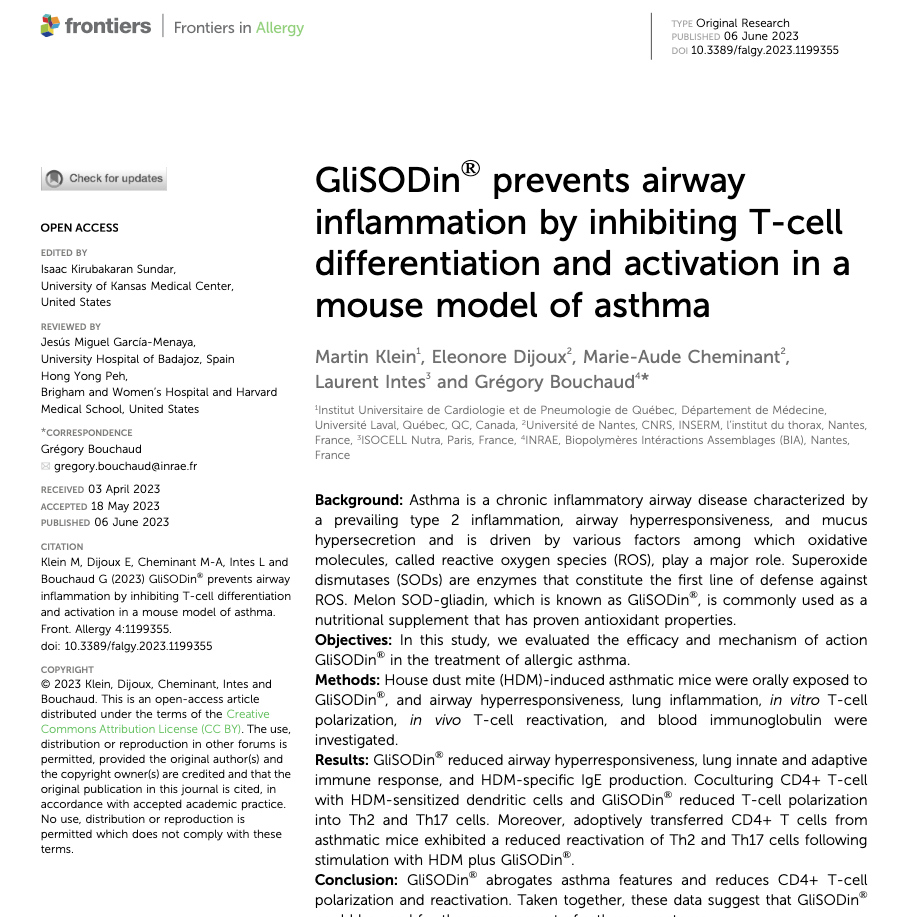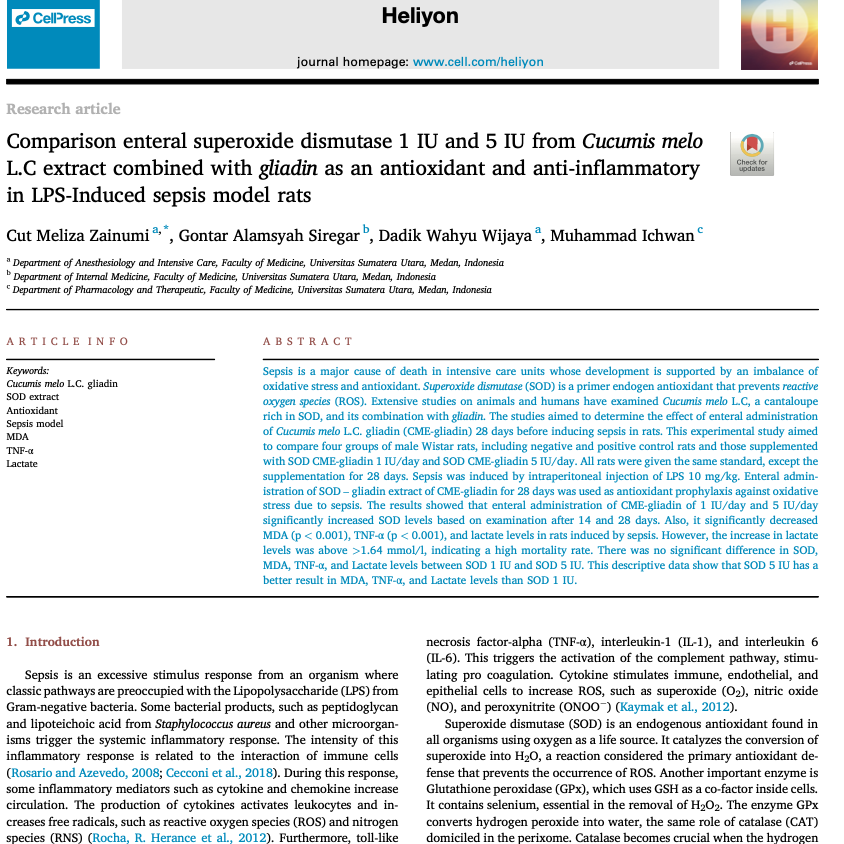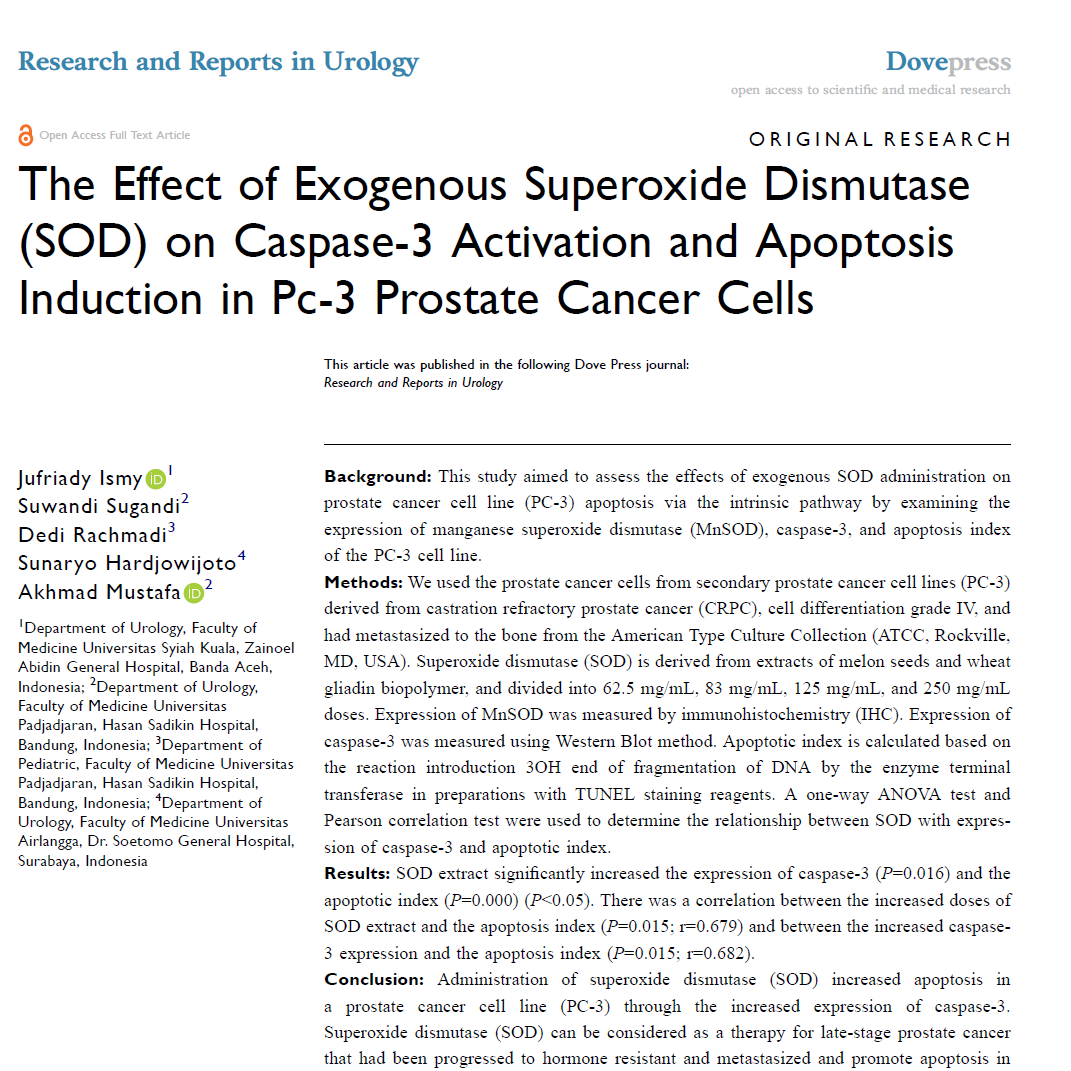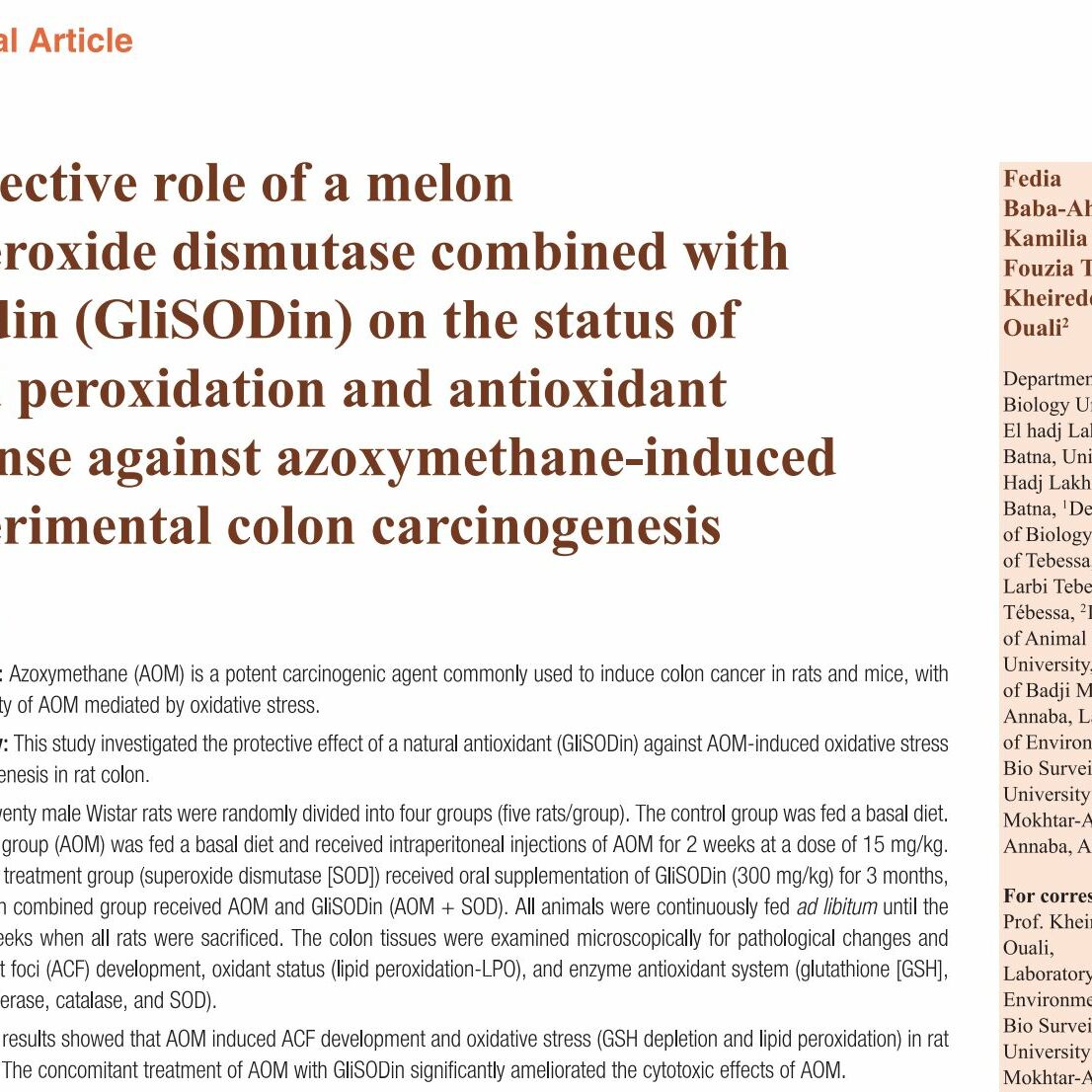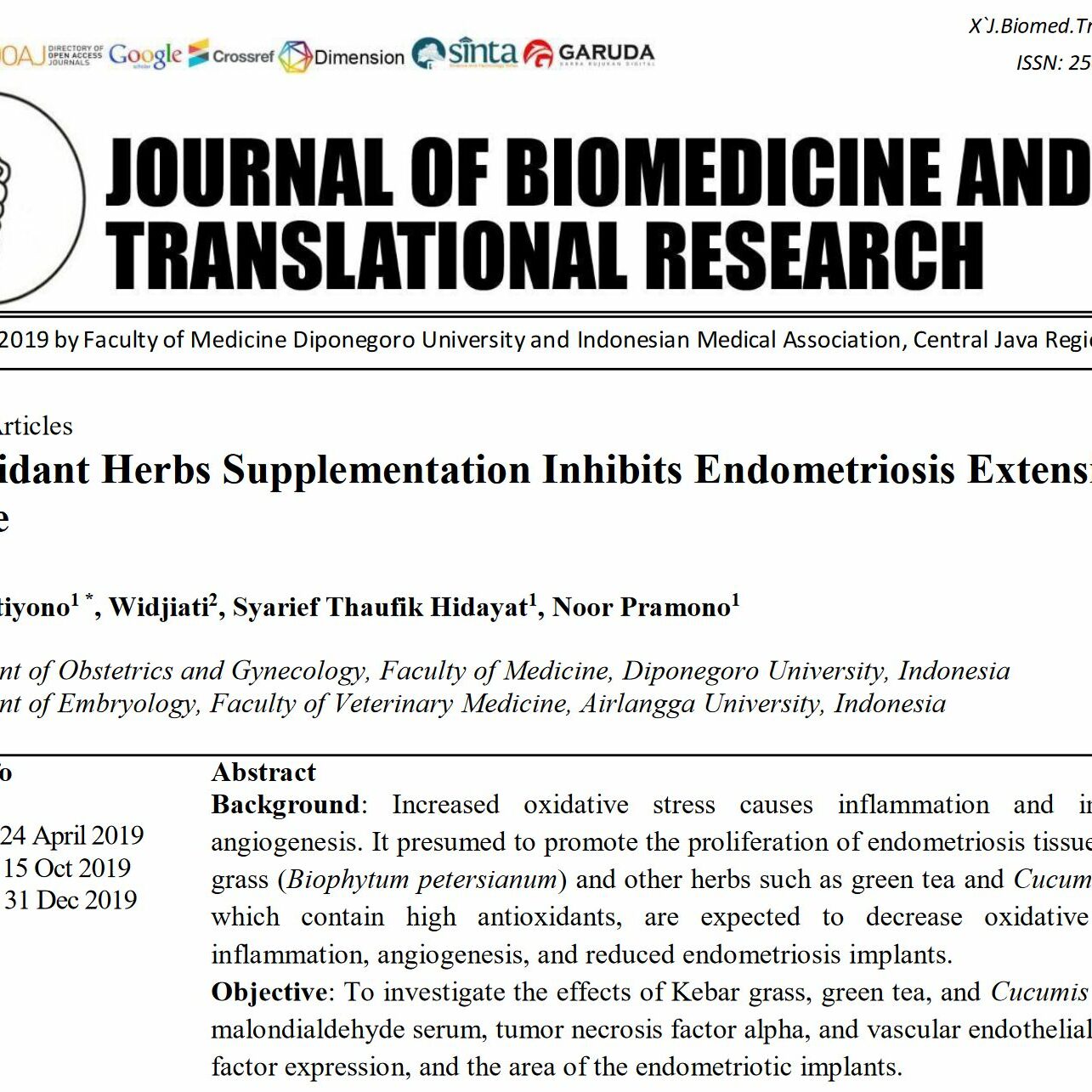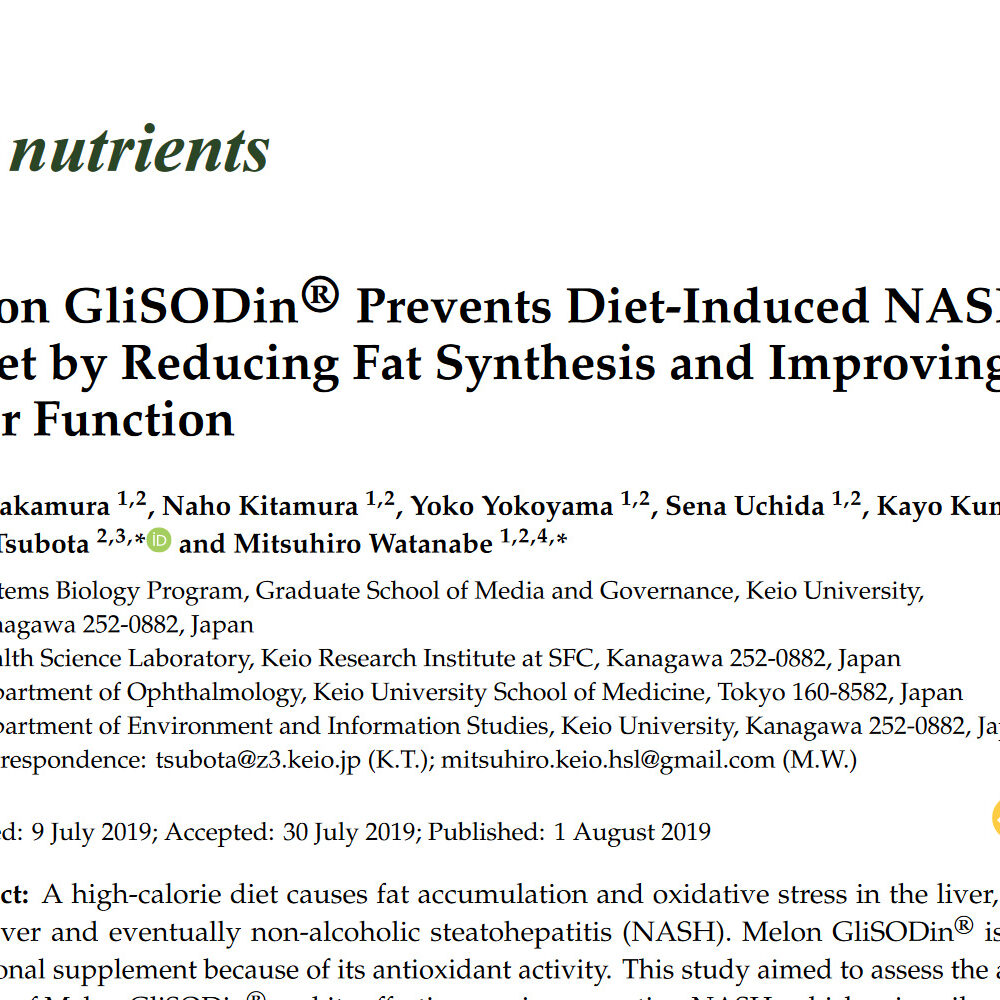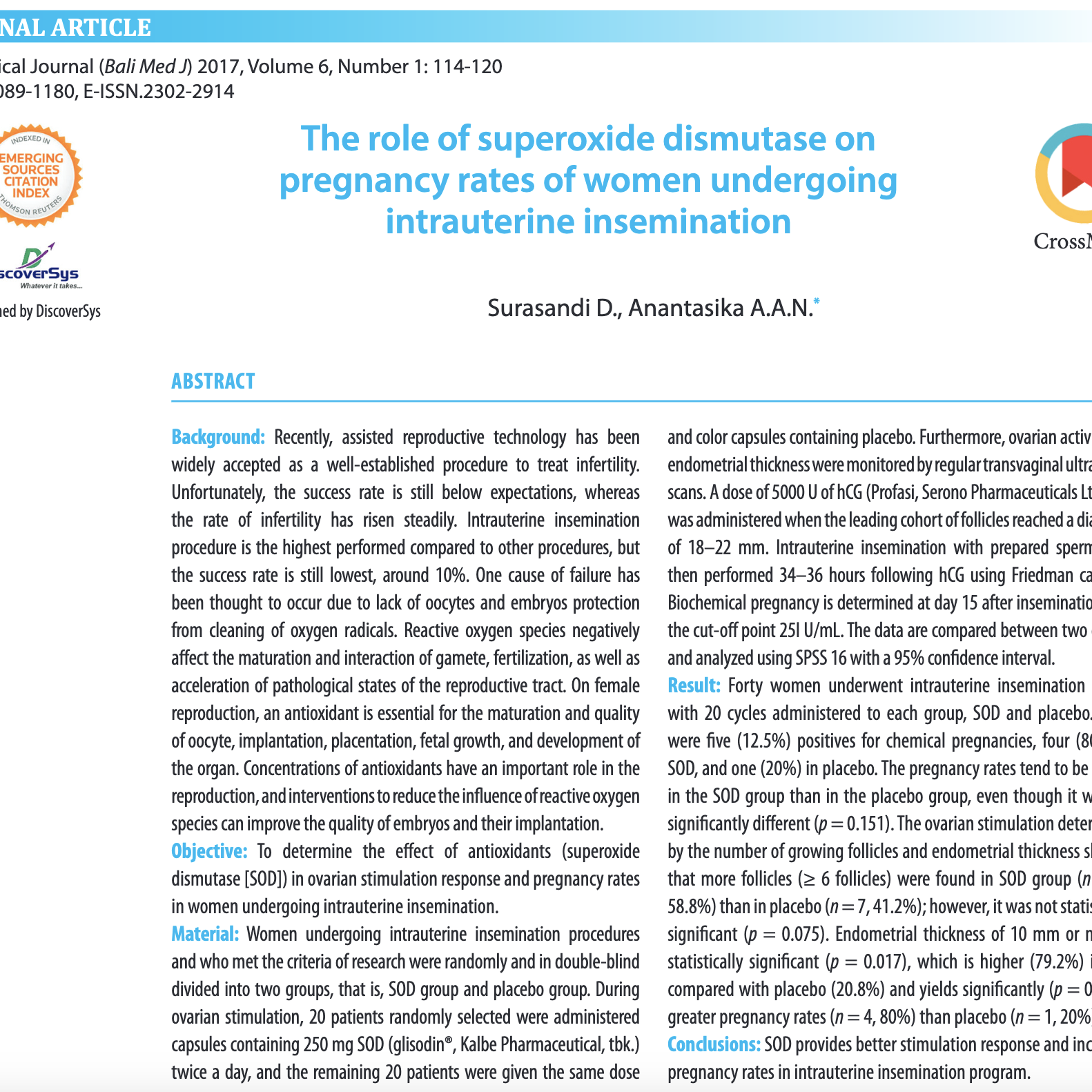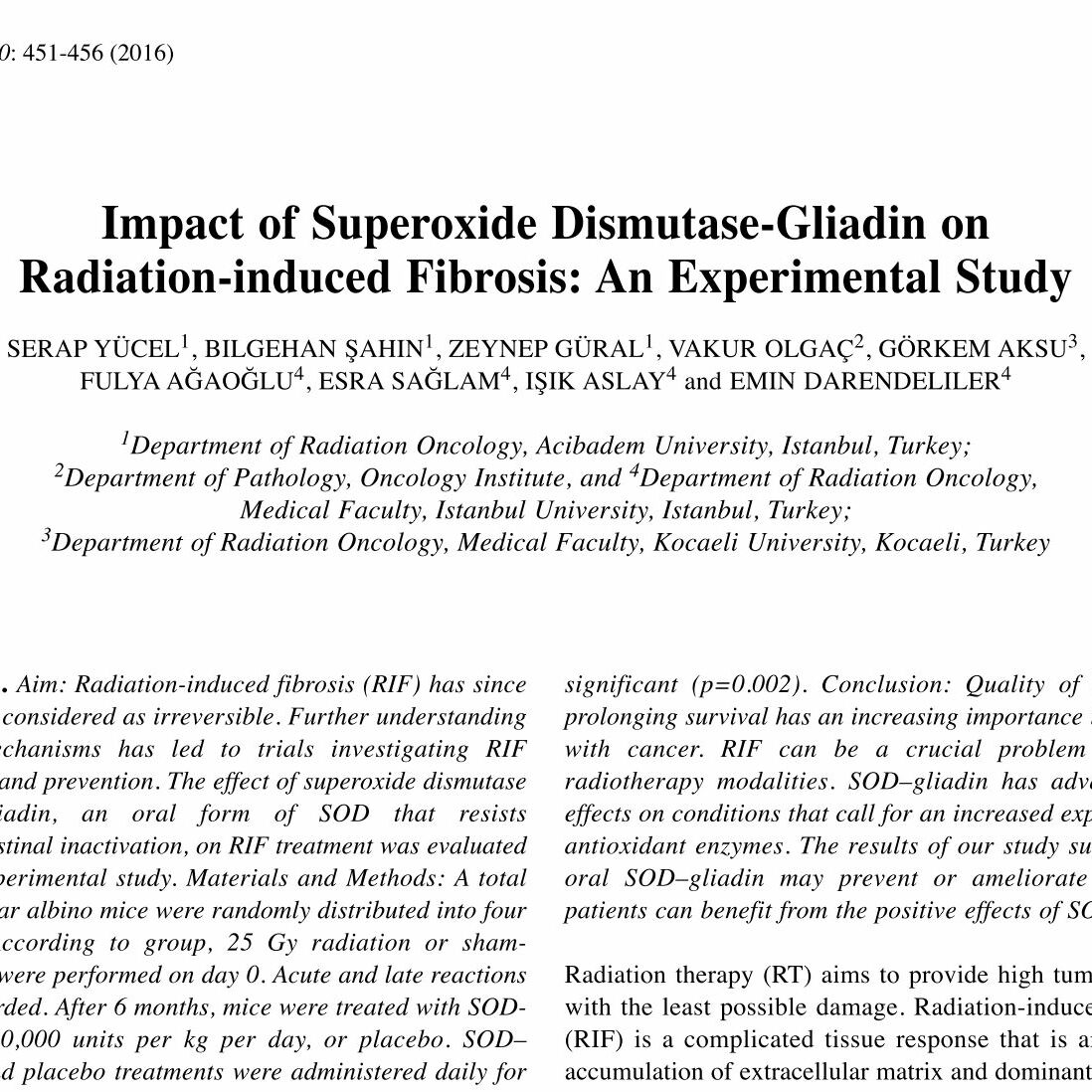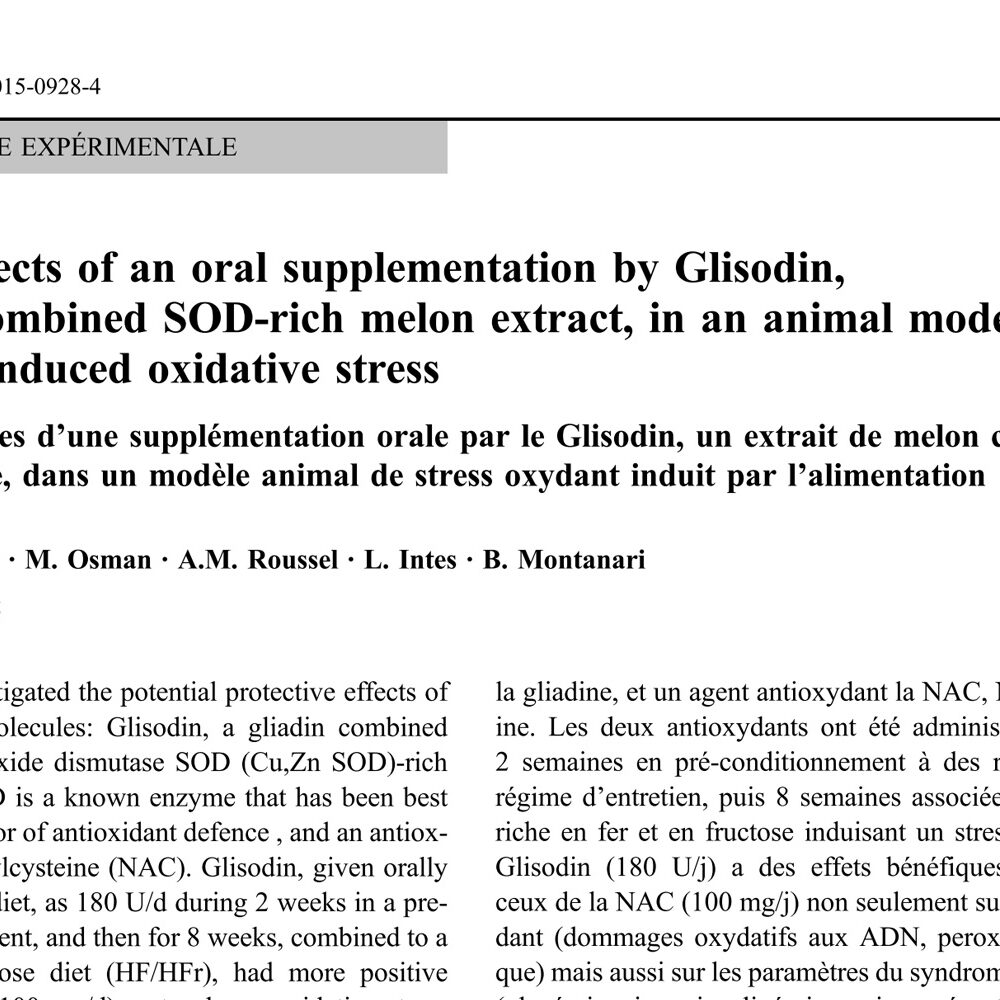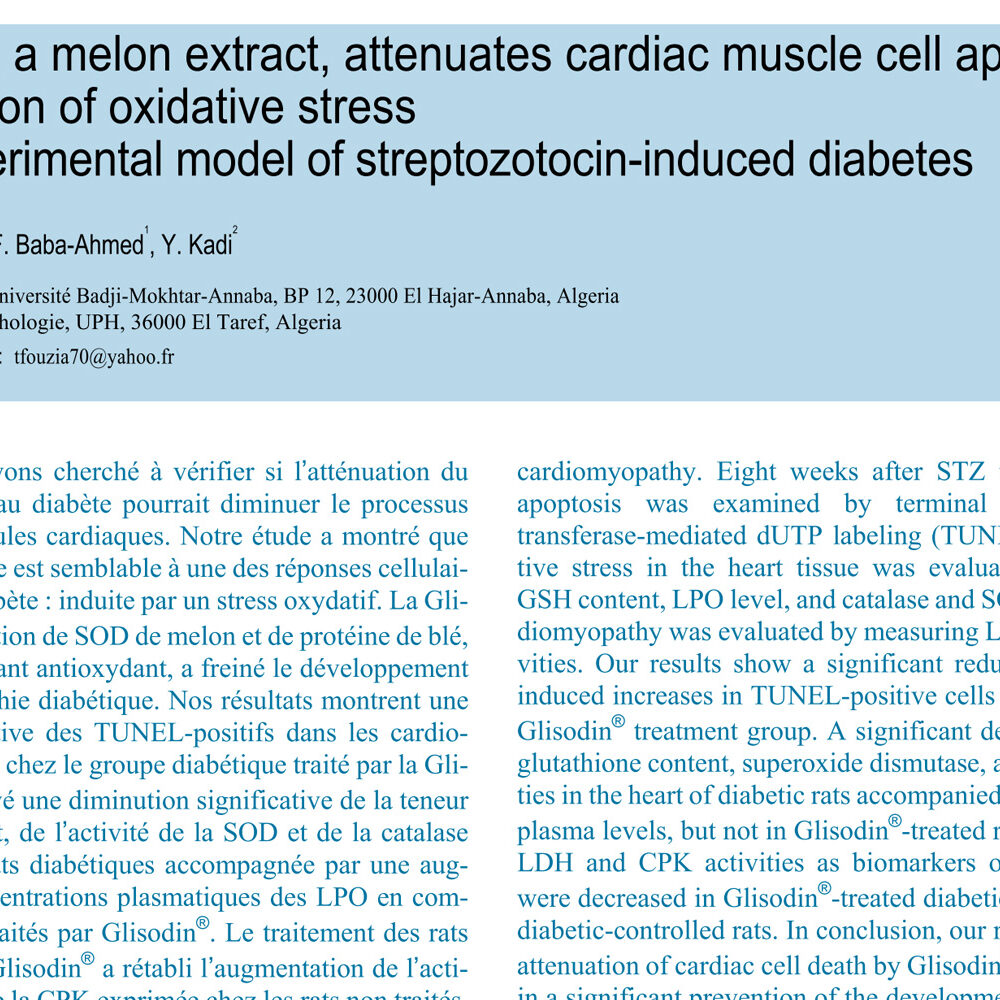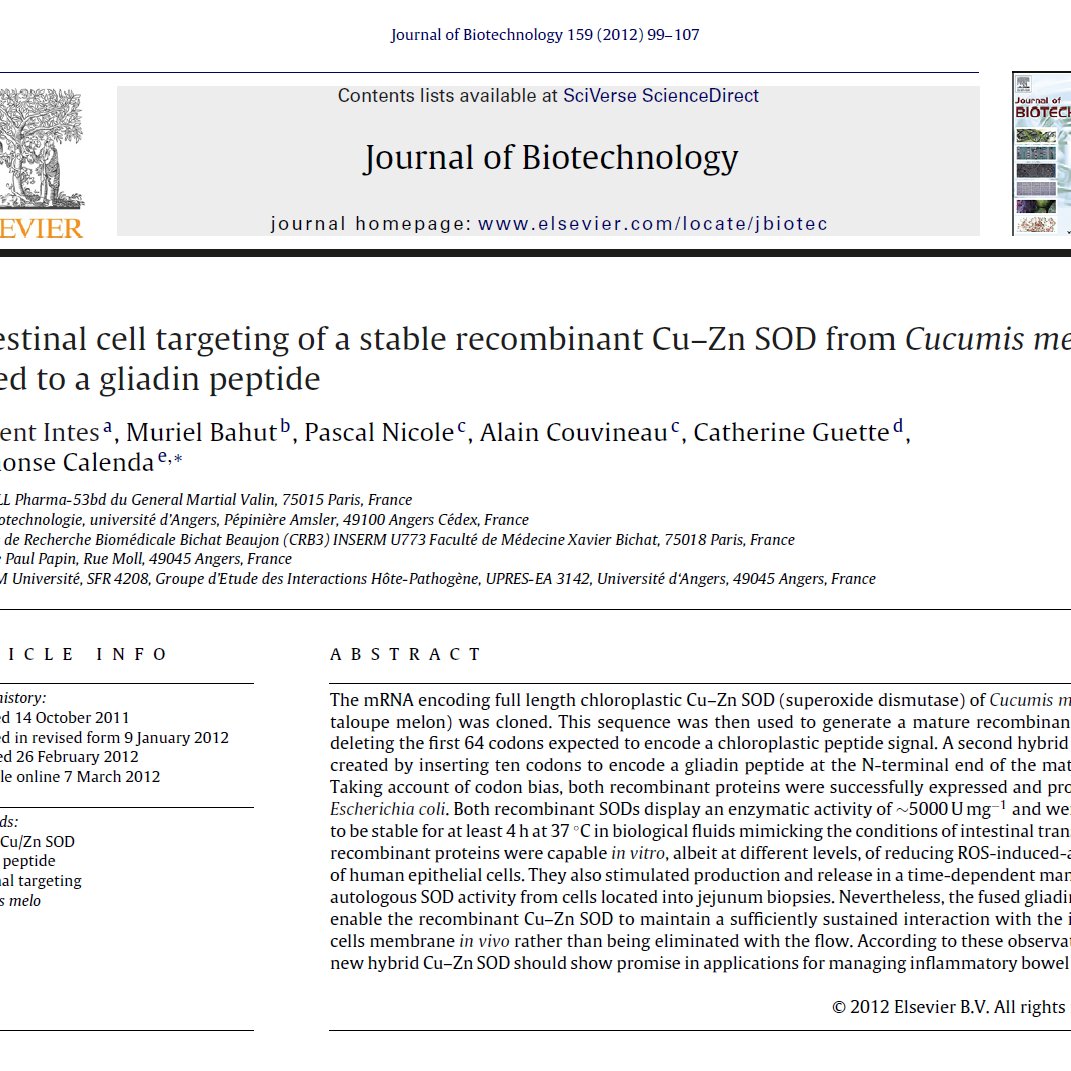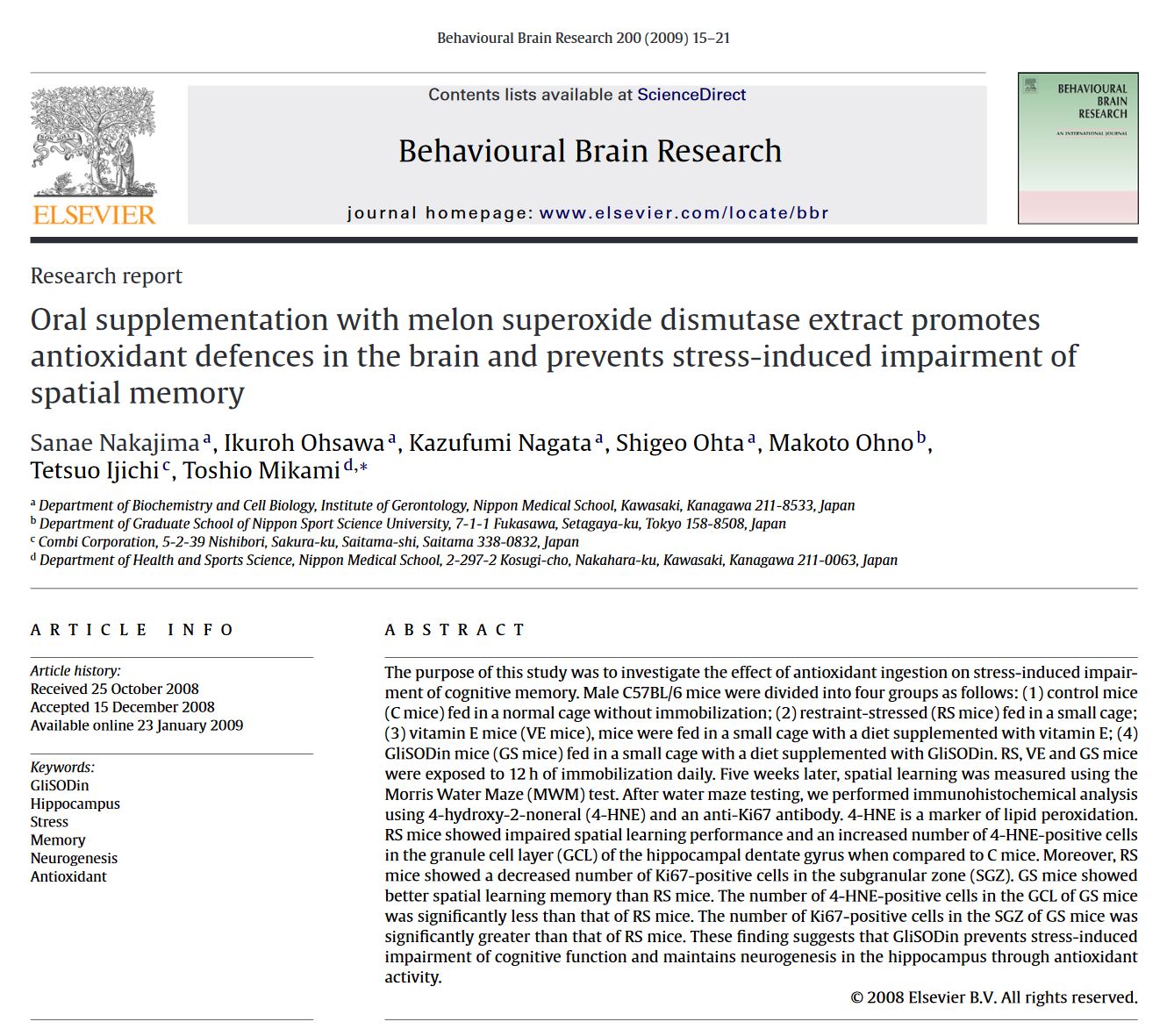
Authors:
Sanae Nakajima , Ikuroh Ohsawa, Kazufumi Nagata, Shigeo Ohta, Makoto Ohno, Tetsuo Ijichi, Toshio Mikami
- Journal: Behav Brain Res .
- Date: 2009 January
- DOI: 10.1016/j.bbr.2008.12.038
Abstract
The purpose of this study was to investigate the effect of antioxidant ingestion on stress-induced impairment of cognitive memory. Male C57BL/6 mice were divided into four groups as follows: control mice (C mice) fed in a normal cage without immobilization; restraint-stressed (RS mice) fed in a small cage; vitamin E mice (VE mice), mice were fed in a small cage with a diet supplemented with vitamin E; GliSODin mice (GS mice) fed in a small cage with a diet supplemented with GliSODin. RS, VE and GS mice were exposed to 12 h of immobilization daily. Five weeks later, spatial learning was measured using the Morris Water Maze (MWM) test. After water maze testing, we performed immunohistochemical analysis using 4-hydroxy-2-noneral (4-HNE) and an anti-Ki67 antibody. 4-HNE is a marker of lipid peroxidation. RS mice showed impaired spatial learning performance and an increased number of 4-HNE-positive cells in the granule cell layer (GCL) of the hippocampal dentate gyrus when compared to C mice. Moreover, RS mice showed a decreased number of Ki67-positive cells in the subgranular zone (SGZ). GS mice showed better spatial learning memory than RS mice. The number of 4-HNE-positive cells in the GCL of GS mice was significantly less than that of RS mice. The number of Ki67-positive cells in the SGZ of GS mice was significantly greater than that of RS mice. These finding suggests that GliSODin prevents stress-induced impairment of cognitive function and maintains neurogenesis in the hippocampus through antioxidant activity.
Categories: 3. Antioxidant & Aging, Scientific studies
Share this post

